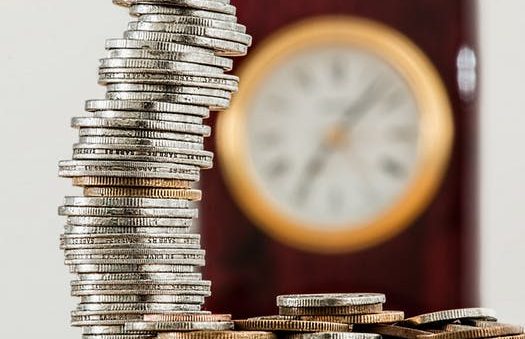Mold in your home or property can be a scary dilemma to speak about. Mold needs to be avoided by everyone who owns an establishment, as it has been connected to different health concerns and can be damaging to anyone that comes into contact with it. You will figure out below the principles of mold cleaning and the safest and most reliable procedures for removing it.
Steps for Mold Remediation
Mold is annoying in every way possible. It is likewise a health danger due to the musty stink it creates. Mold can trigger allergic reactions and respiratory troubles if not thoroughly cleaned and removed. For these causes, it’s best to remove the mold immediately. It will retain you from a lot of annoyances in the long run. Many companies offer full level 1, 2, & 3 mould restoration. You can make these steps to eliminate mold on your property.
Step 1: Source Identification
Whether from a busted pipe, a busted water heater, or a natural disaster, mold almost always exists when there’s been water damage. It’s challenging to eliminate wetness unless you first determine how it gets into your house, to begin with. Because of condensation, restrooms, sink cabinets, cellars, and window sills are all parts of the issue. Small black spots that grow into nests are easy to tell if you have mold. Mold can only be identified by carrying out a bleach test on it. The mold that disappears rapidly after a few drops of household bleach is mildew.
Step 2: Containment
If the proper states meet, mold can rapidly extend. To stop the spread of mold spores, separate the infected area once the root of moisture intrusion has been fixed. Containment is necessary for decreasing the hazard of contamination spreading to untouched locations. The purpose of doing so is to keep the mold in one place and stop it from expanding throughout your home. You can use polythene sheets to secure the space and any air flow rooms, hindering area air from dripping into other rooms through windows and door holes.
Step 3: Air Filtration
Mold spores can be distributed during mold remediation. Other than containment, the air must also be sanitized. Continual use of negative air devices with HEPA filters is necessitated throughout the work. MVOCs (microbial volatile organic compounds) and other airborne particles are removed from the infected area due to this method.
Step 4: Removal and Cleanup
Removal requires getting rid of existing mold while limiting showing to one’s own body and individuals staying in the damaged place. Attending to and finding the source of the moisture is one more method to maintain new growth. Remove all mold-affected elements if whatsoever possible. Drywall, insulation, wood trim, carpeting, and furniture are all usual parts.
Step 5: Encapsulation and Vacuum
After the impacted parts have been cleaned up, they should be dried and encapsulated to prevent a recurrence of mold development. Using a HEPA vacuum cleaner, you can remove any remaining wetness from the surfaces. This dries out the part completely and accumulates mold spores that might have lingered. You can now encapsulate the space after vacuuming. A special whitewash or paint is used on the area to stop mold development later on.
The Bottomline
Mold removal is tough. To accomplish the work correctly, you will need certain pieces of equipment, as well as specific training and certification. However, mold remediation can be easy if you ask a professional to do it for you. You can find several property restoration companies on the internet that offer mold remediation; visit their website to learn more.





